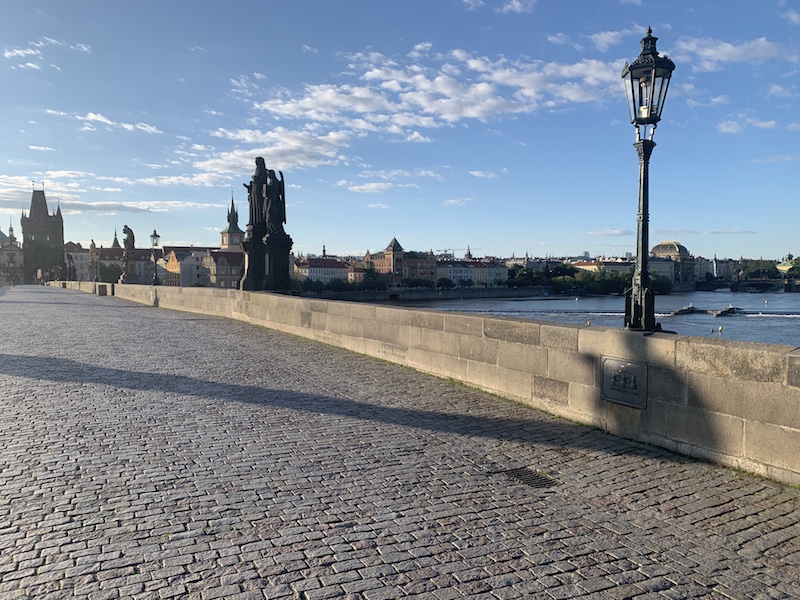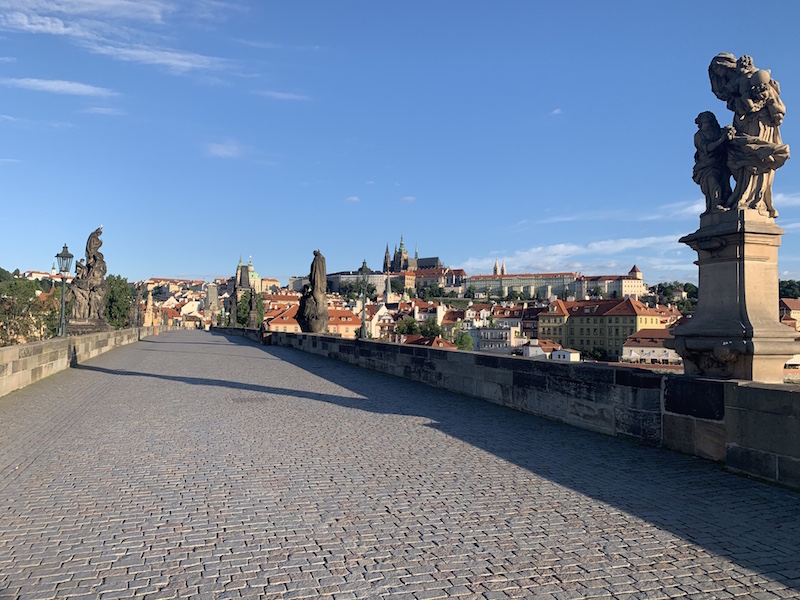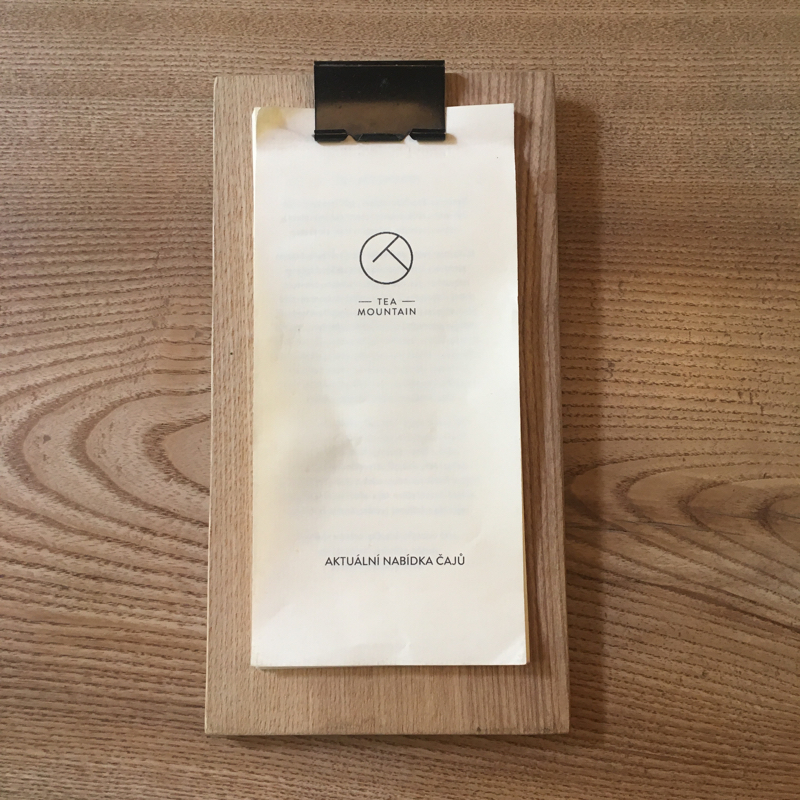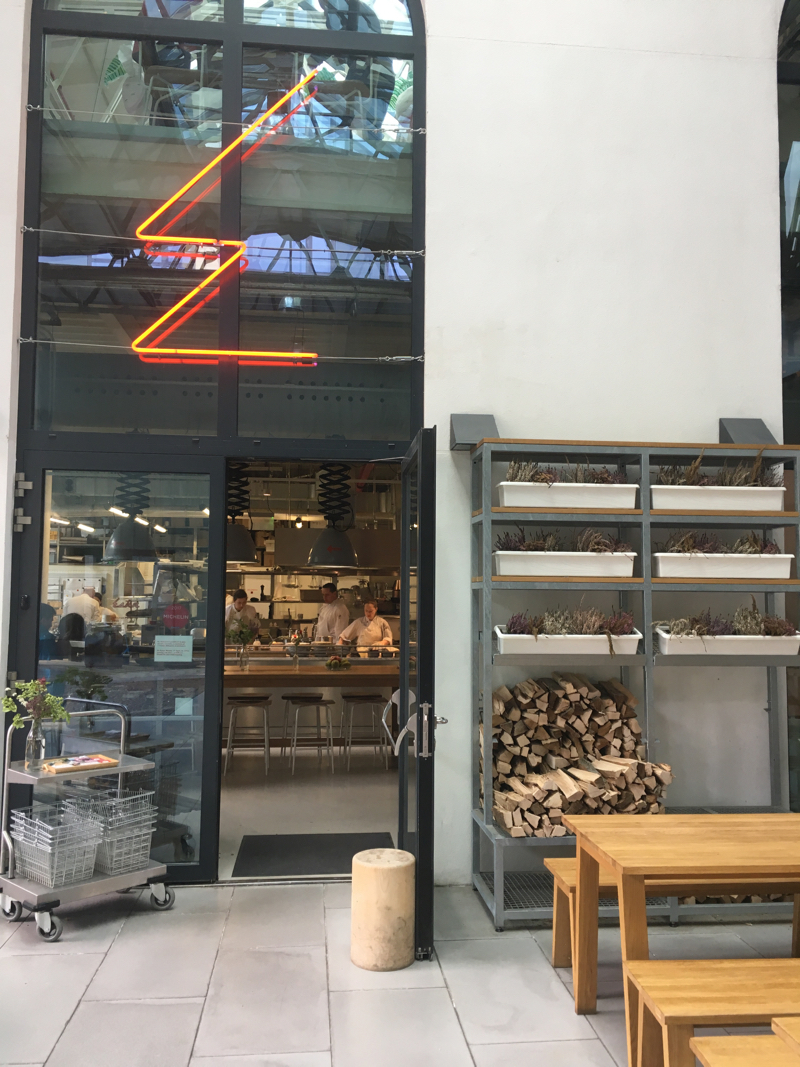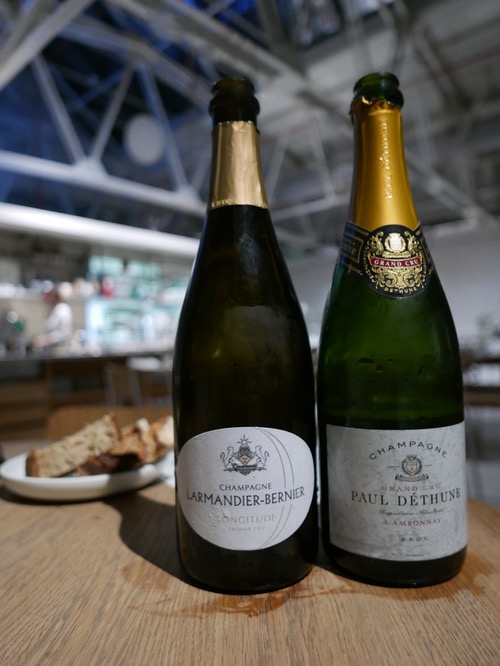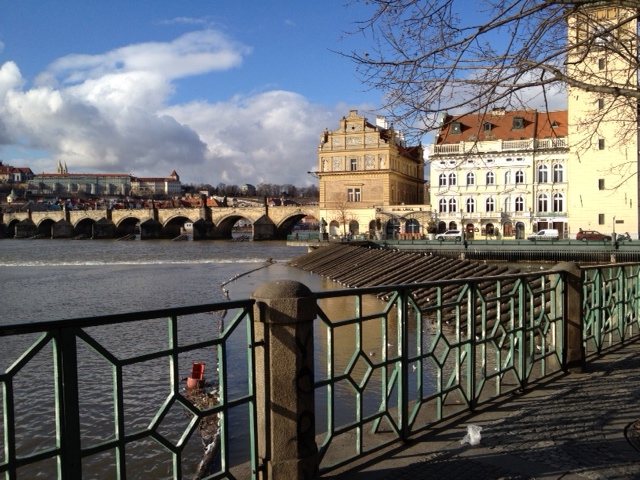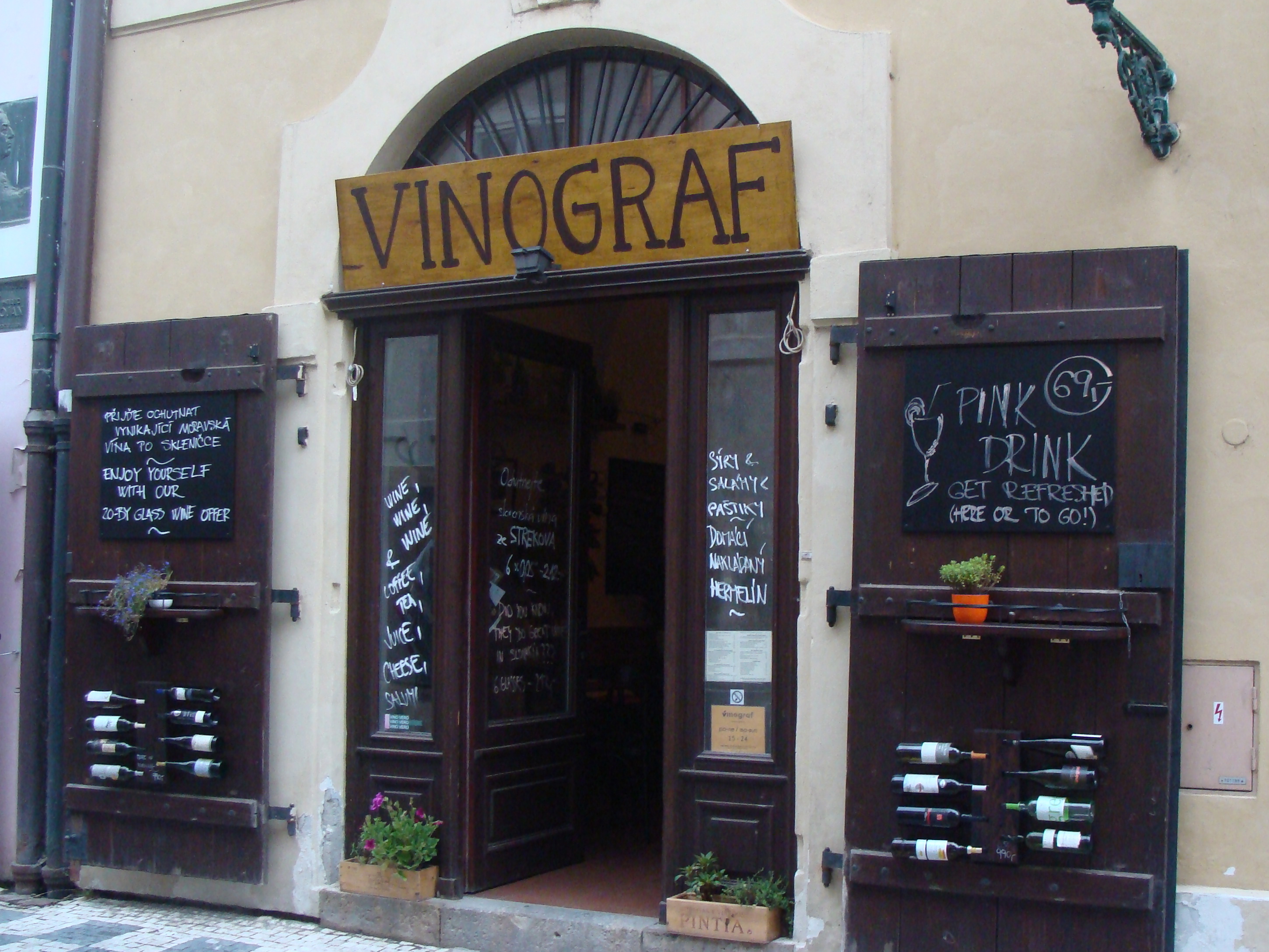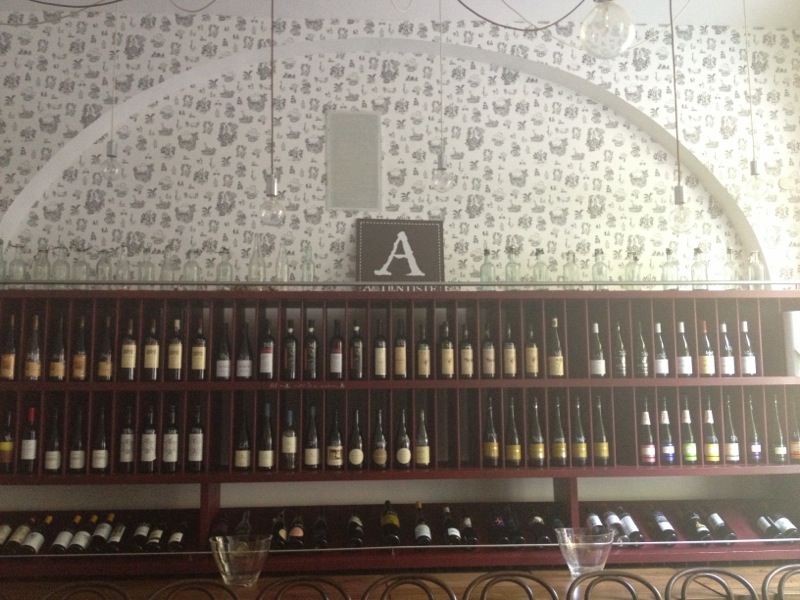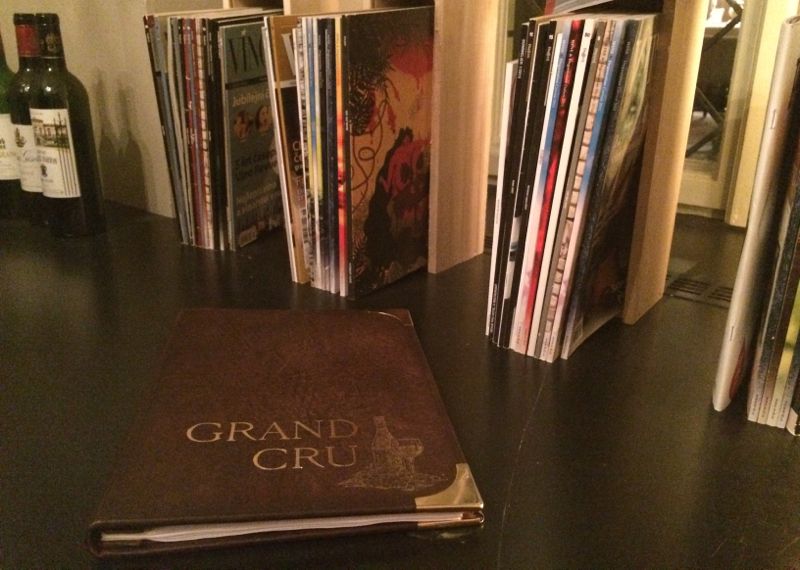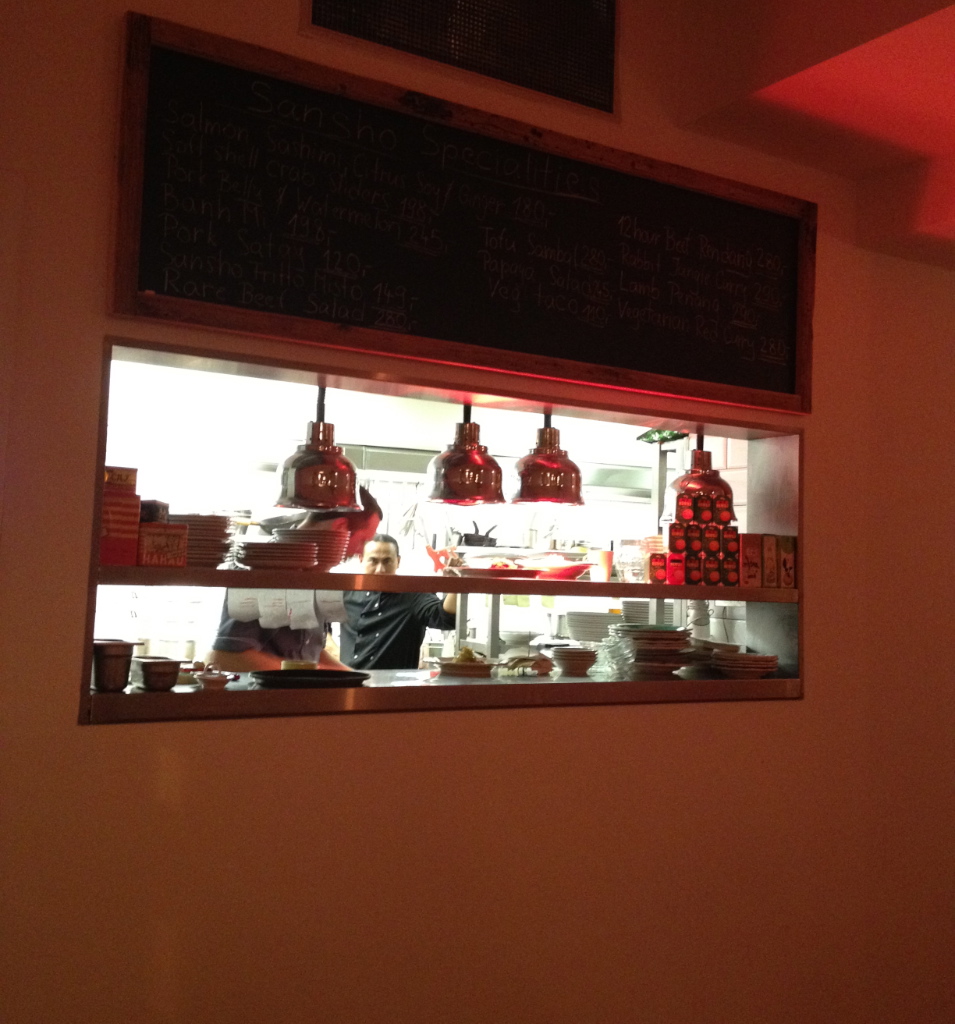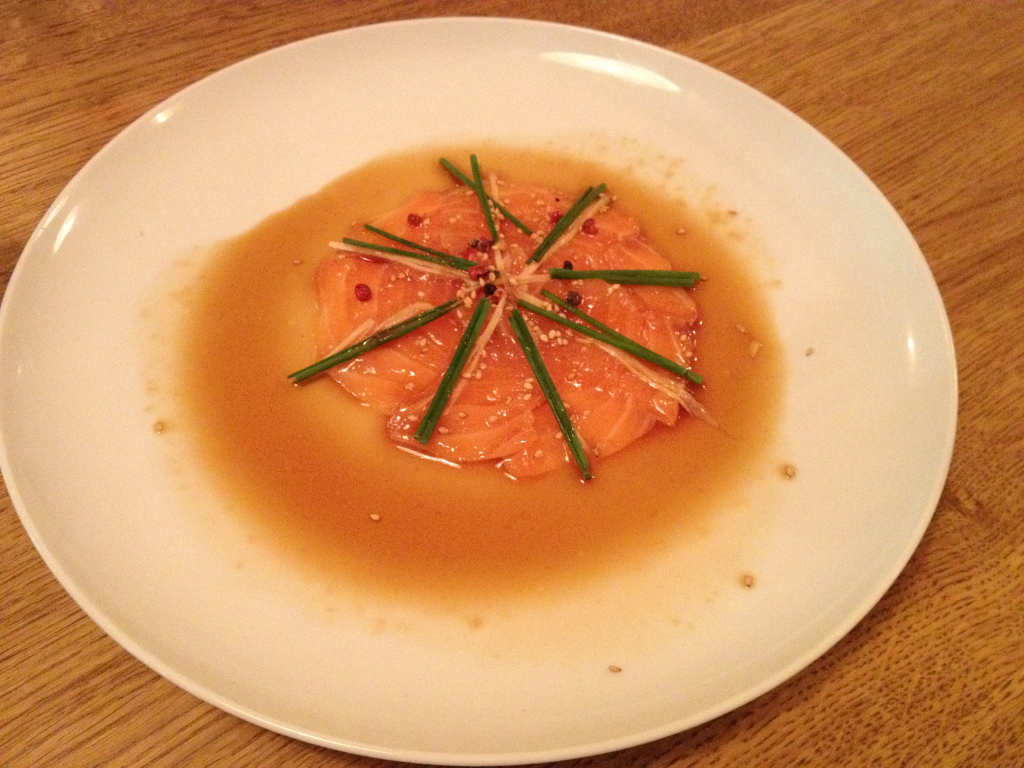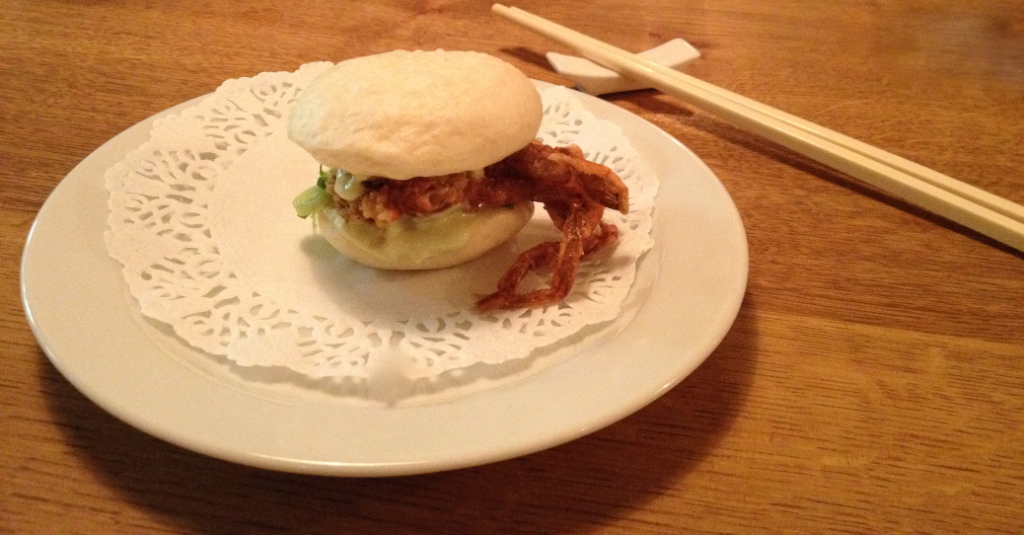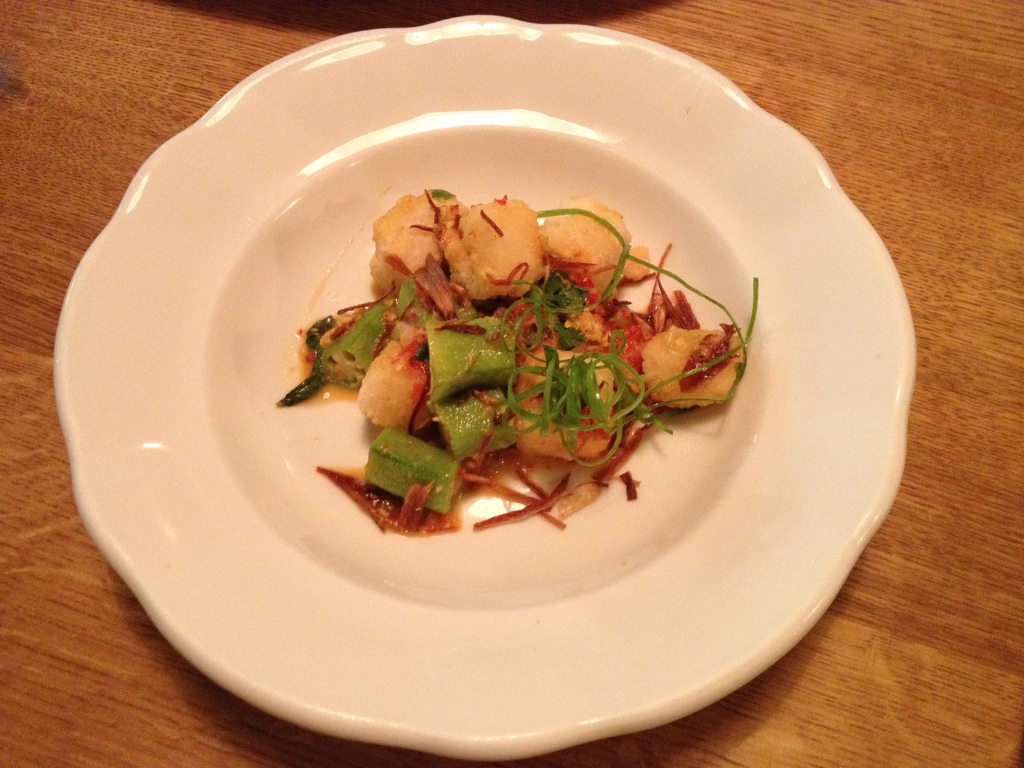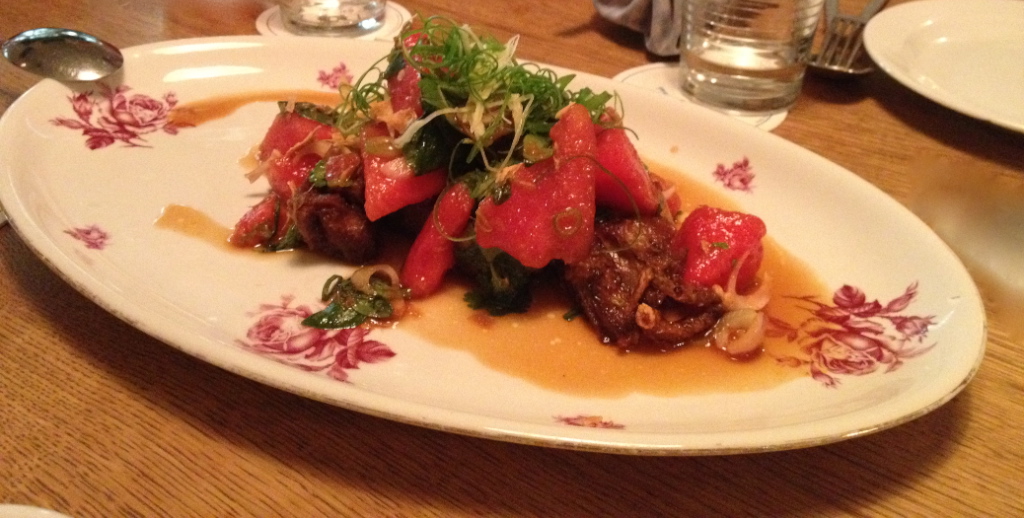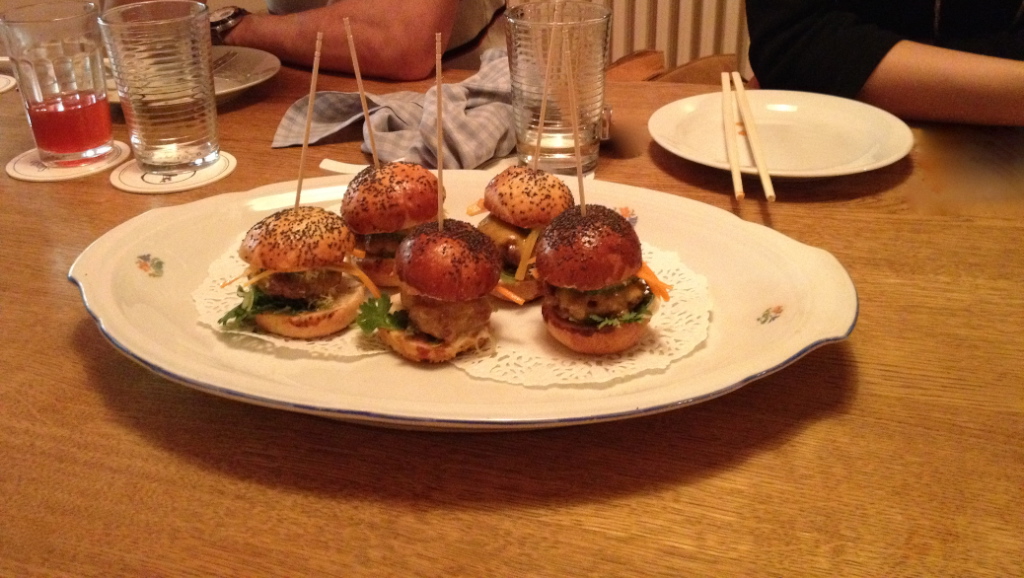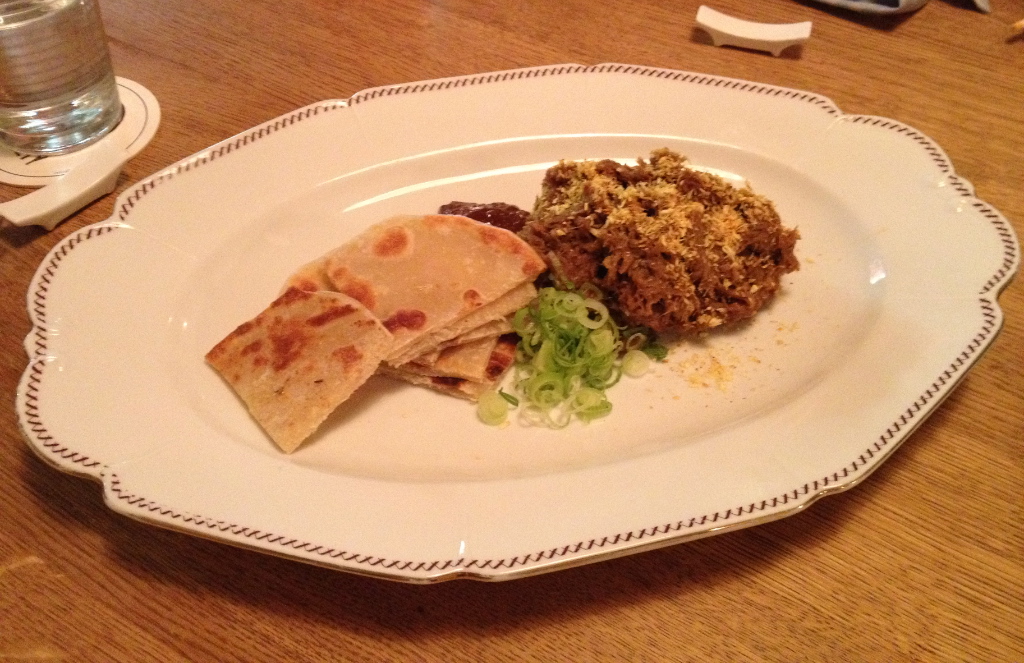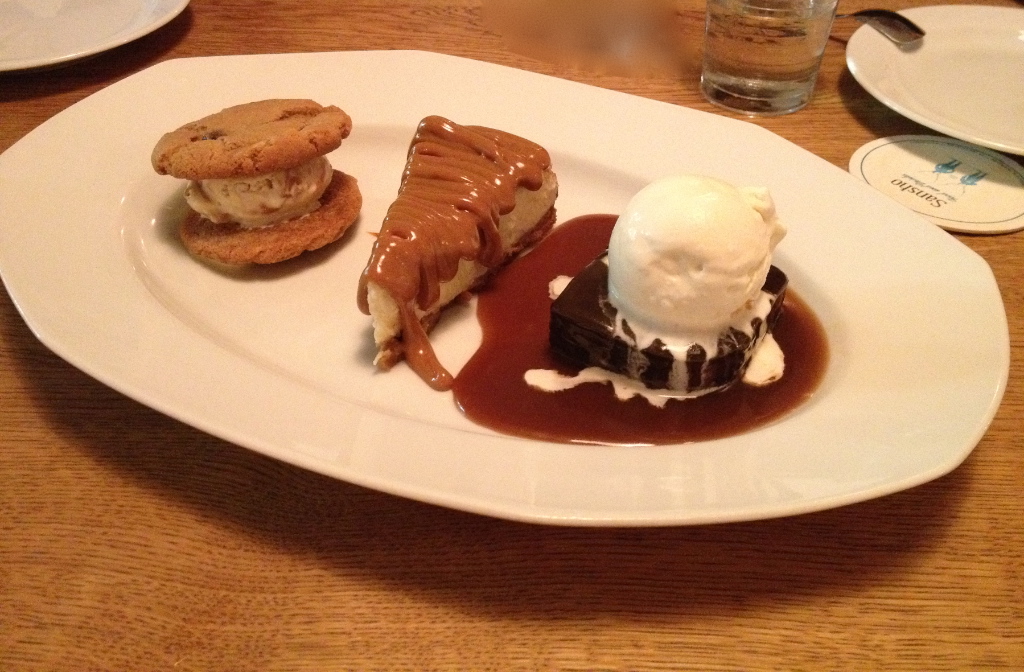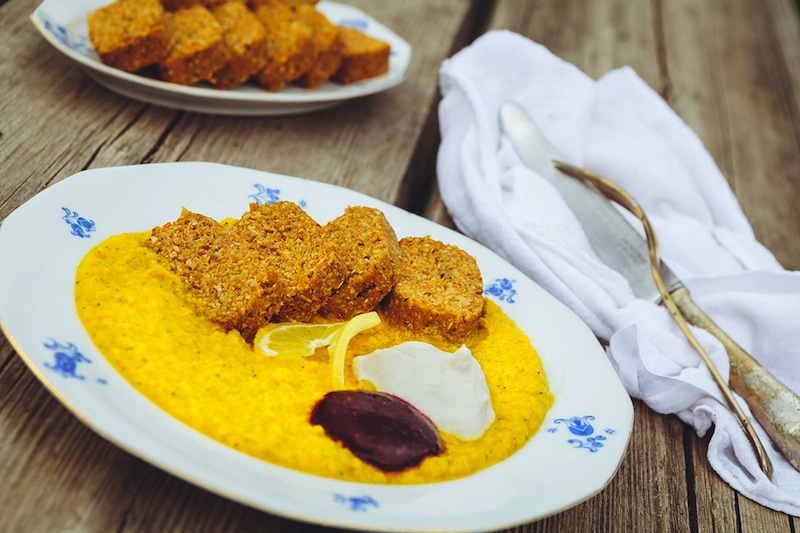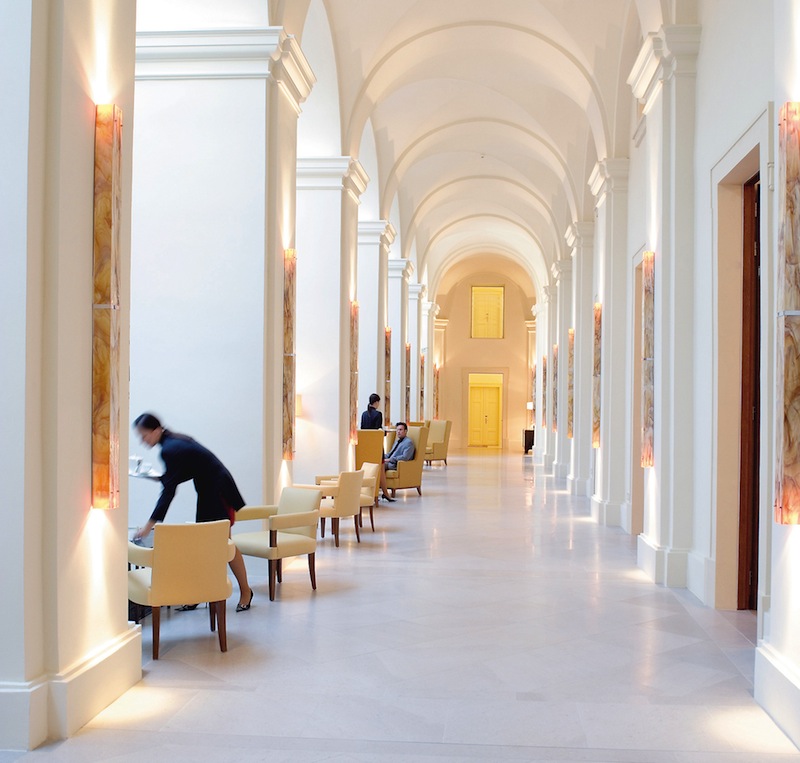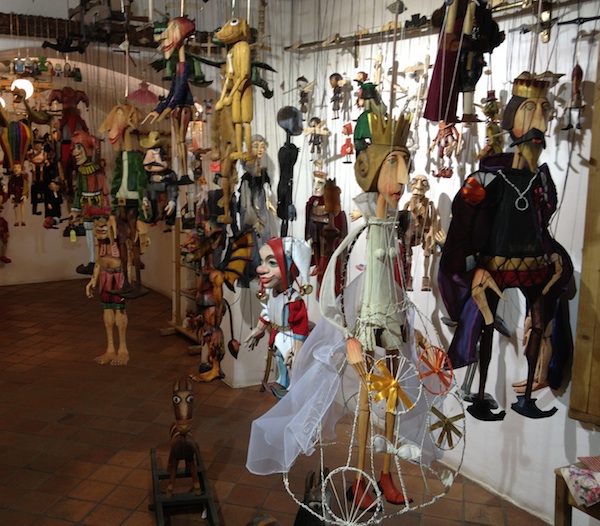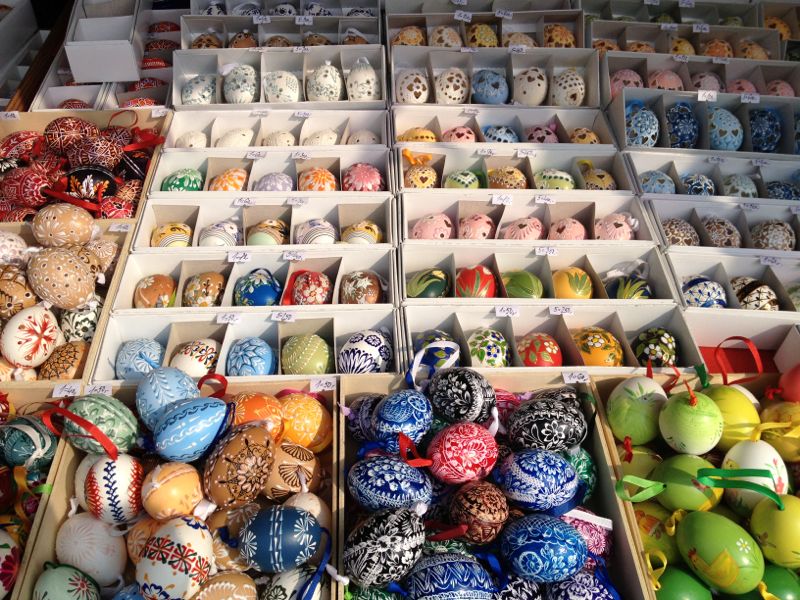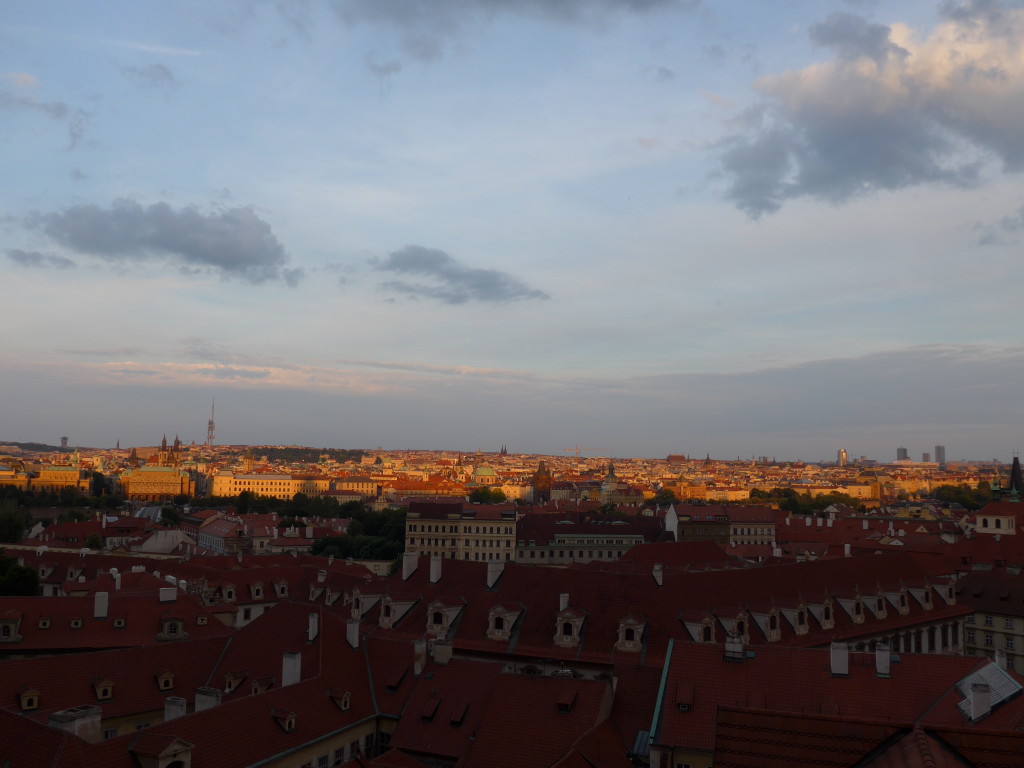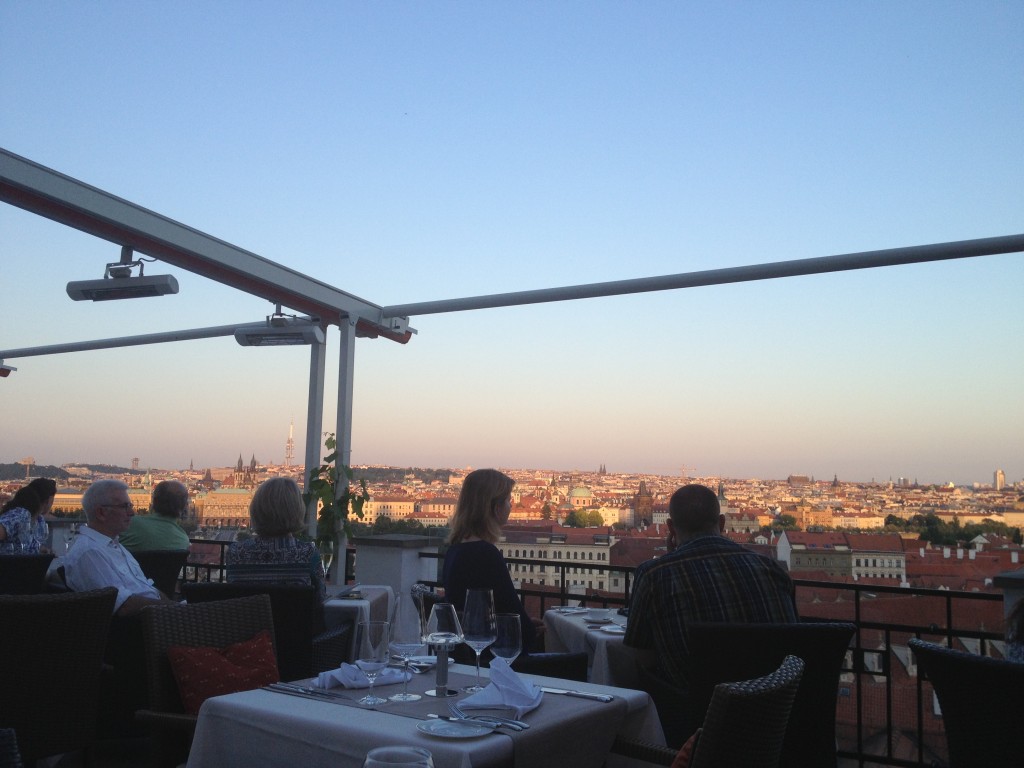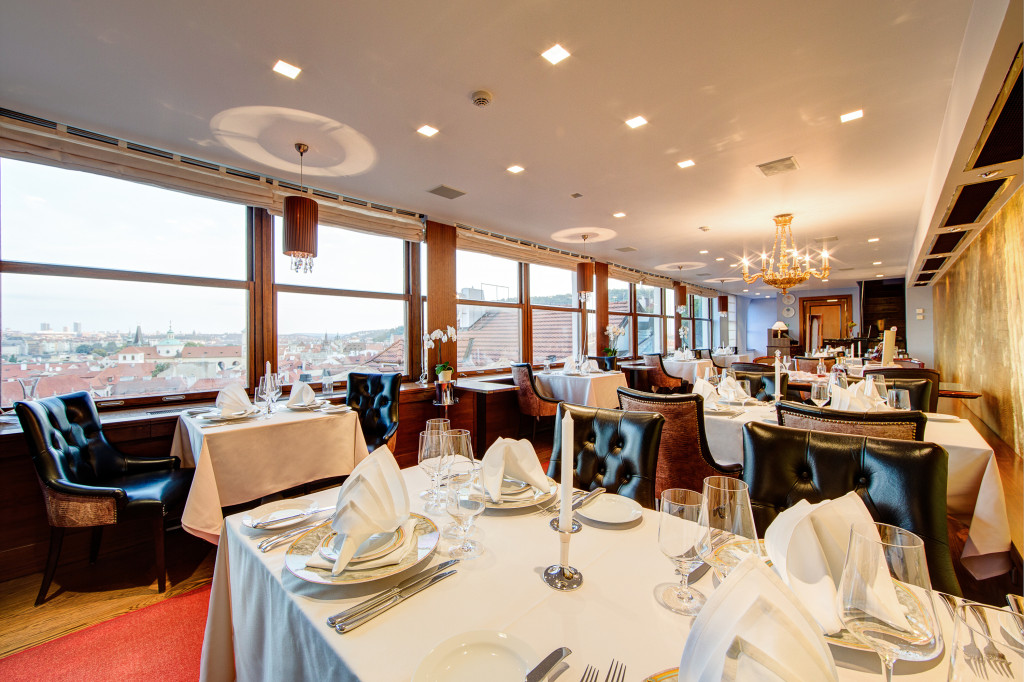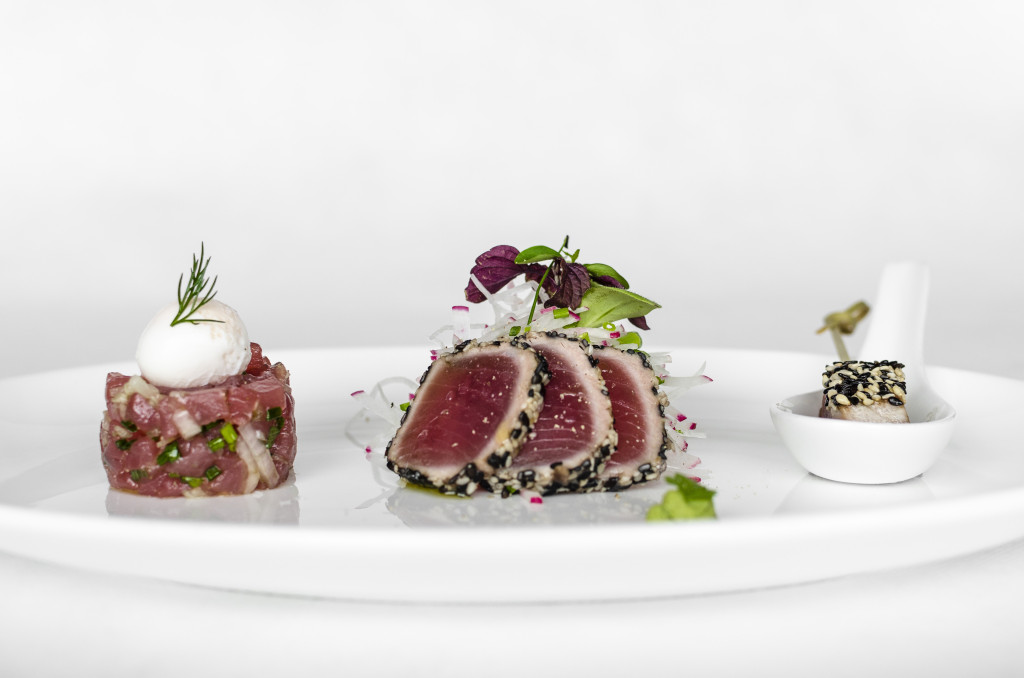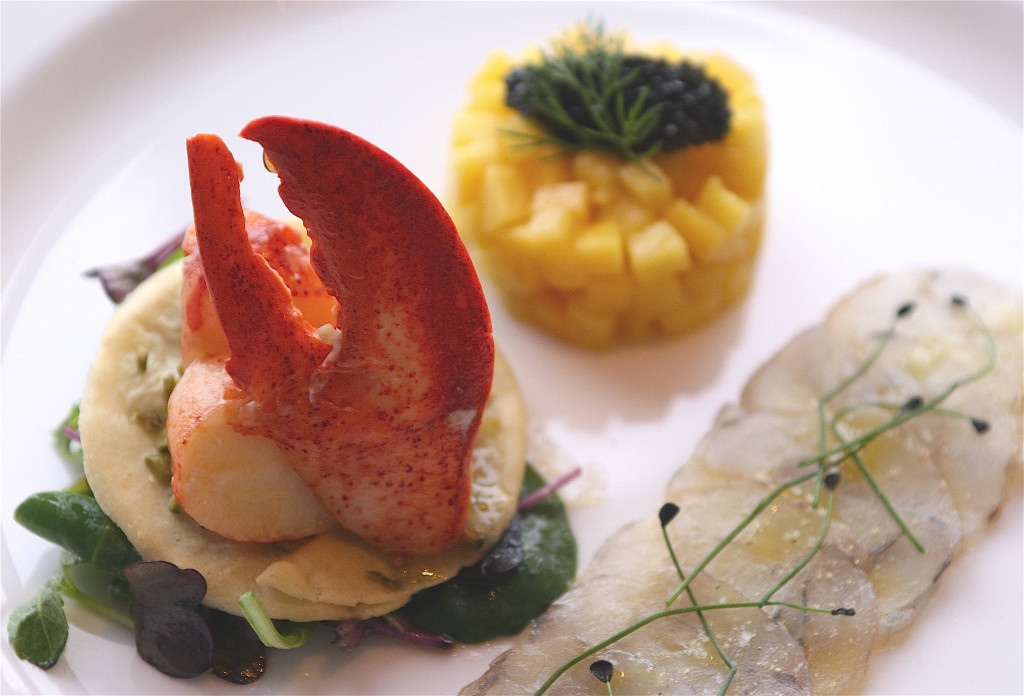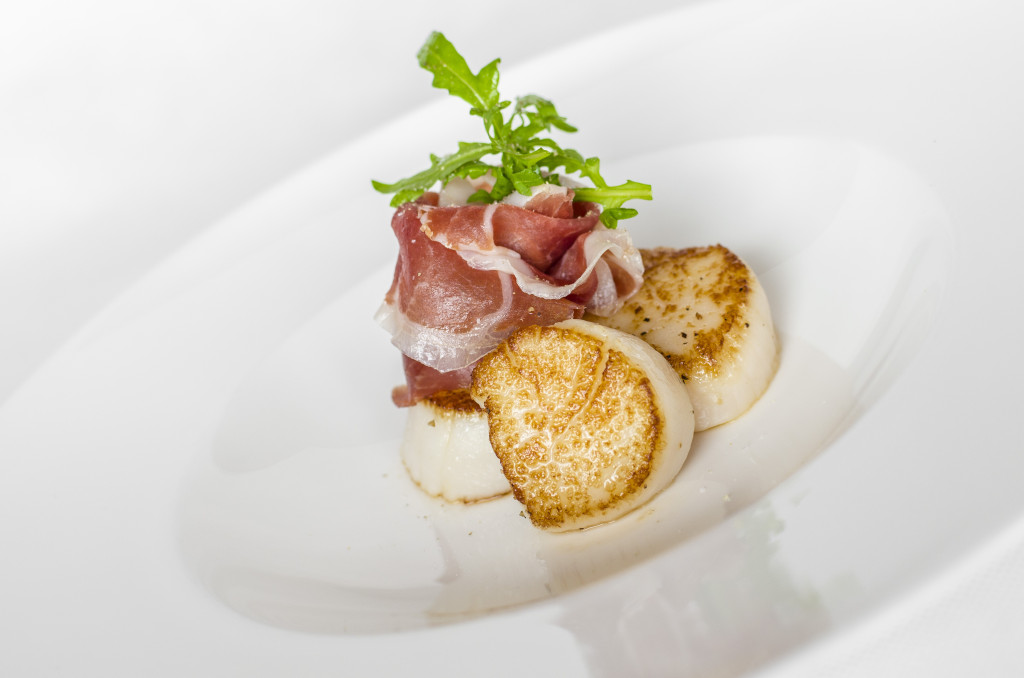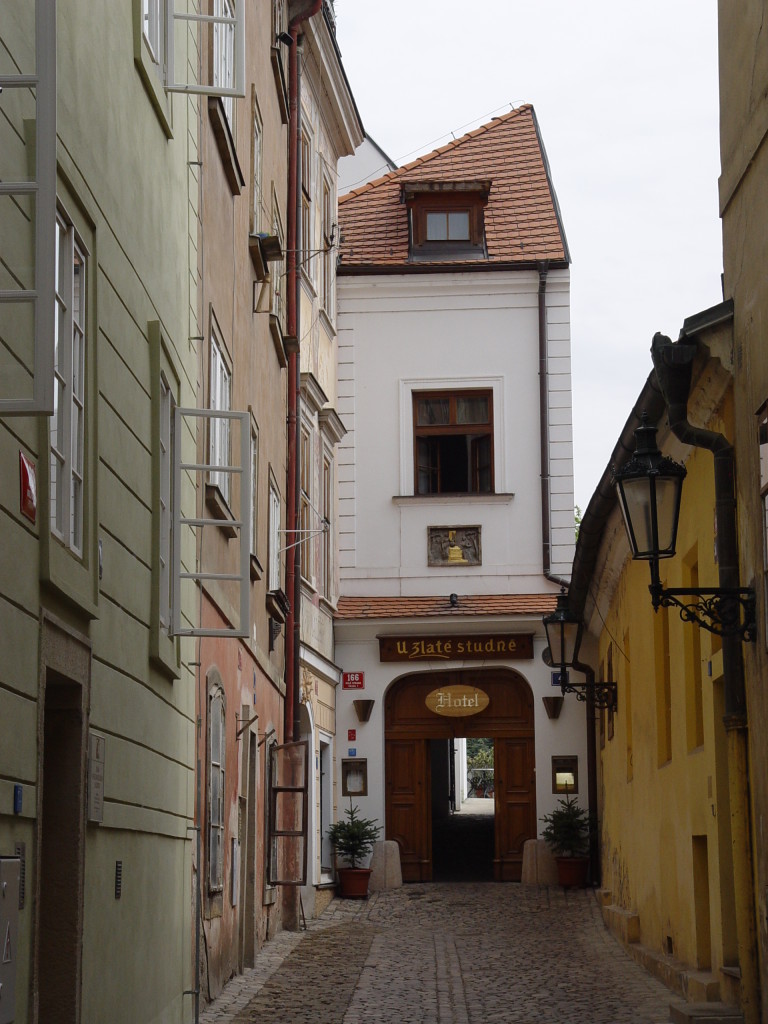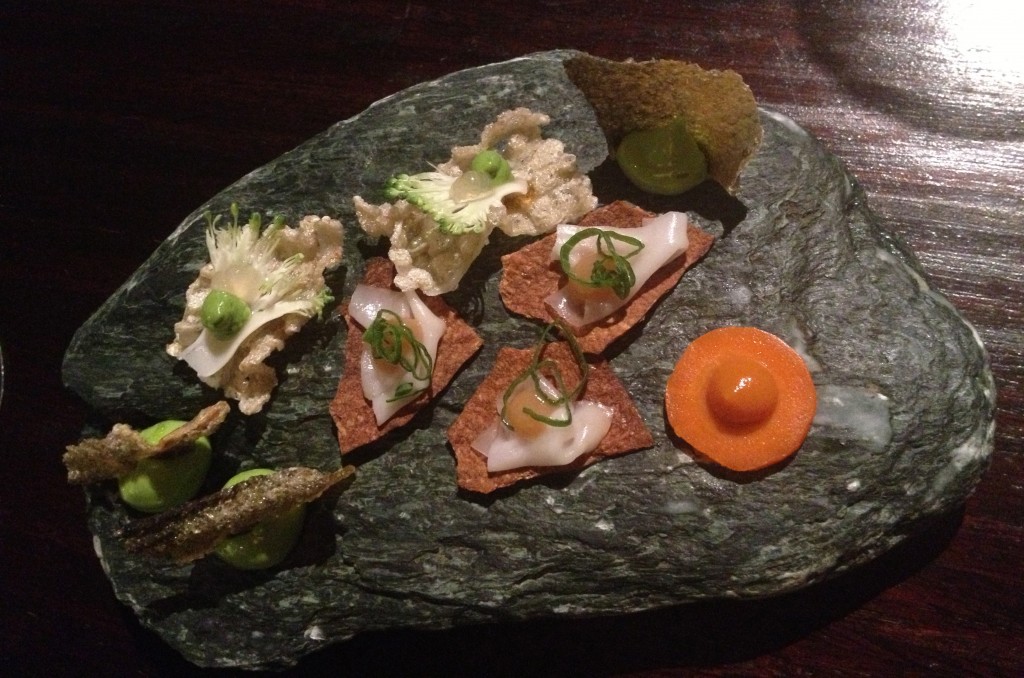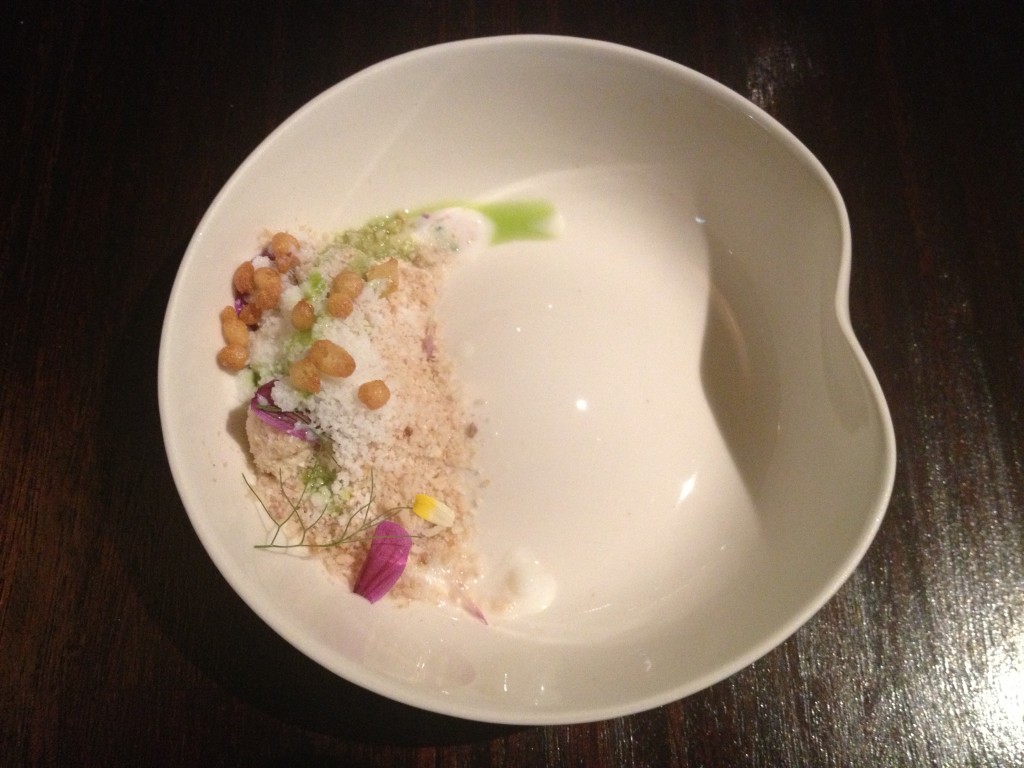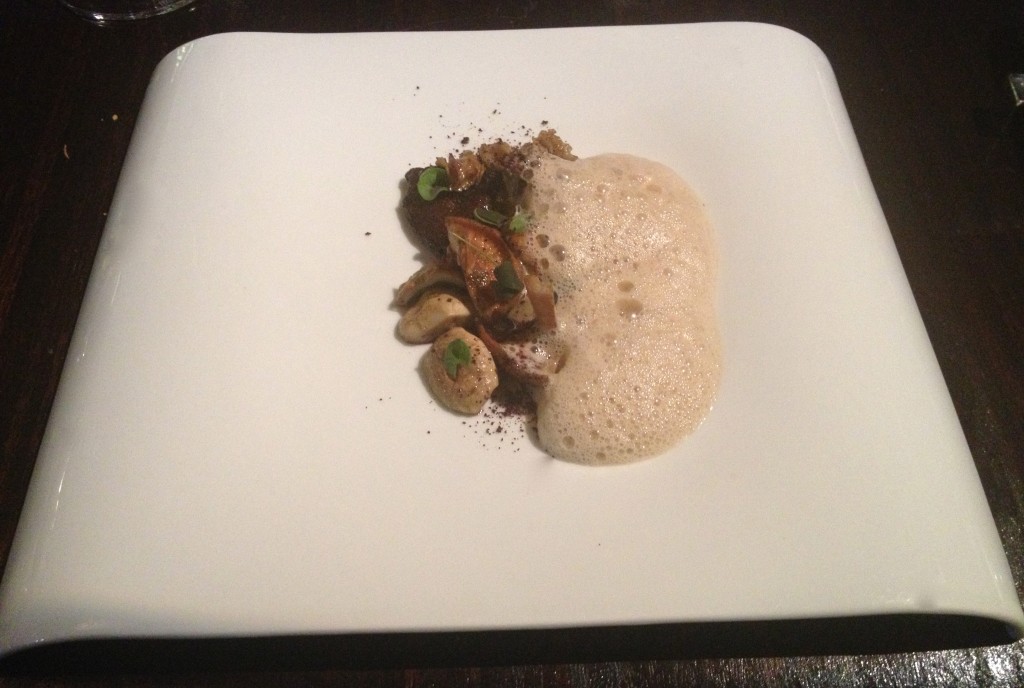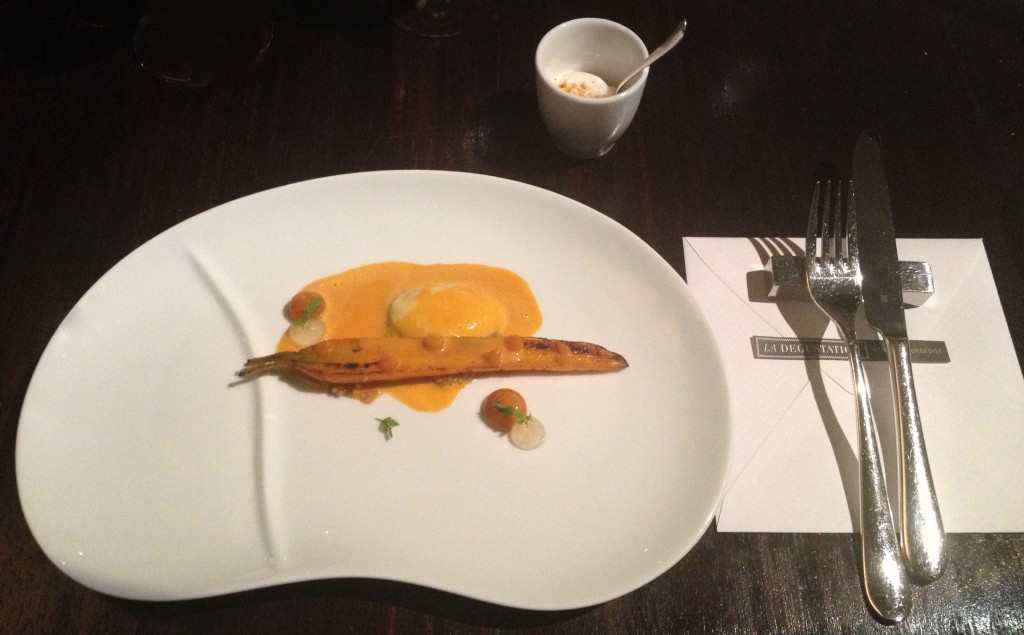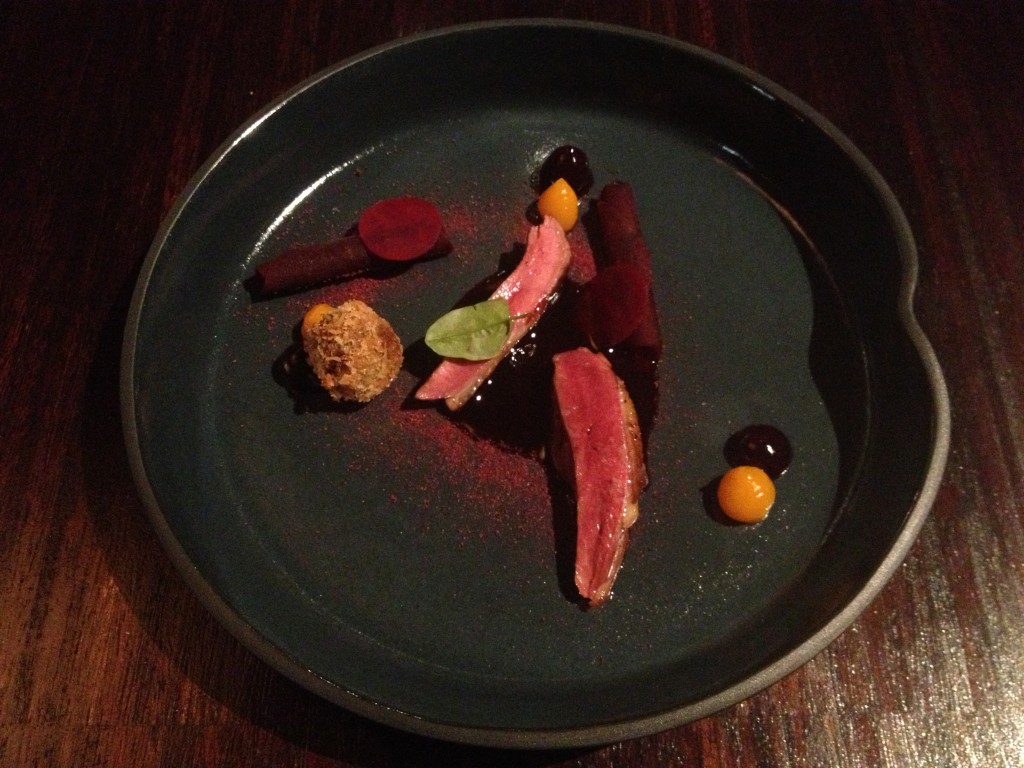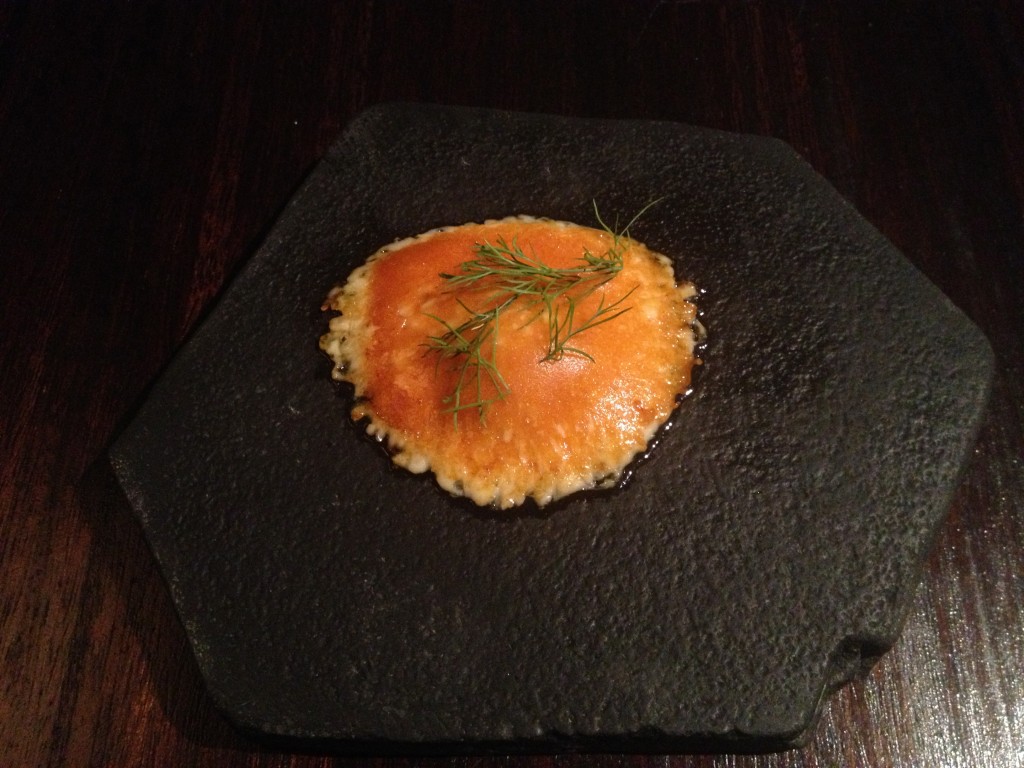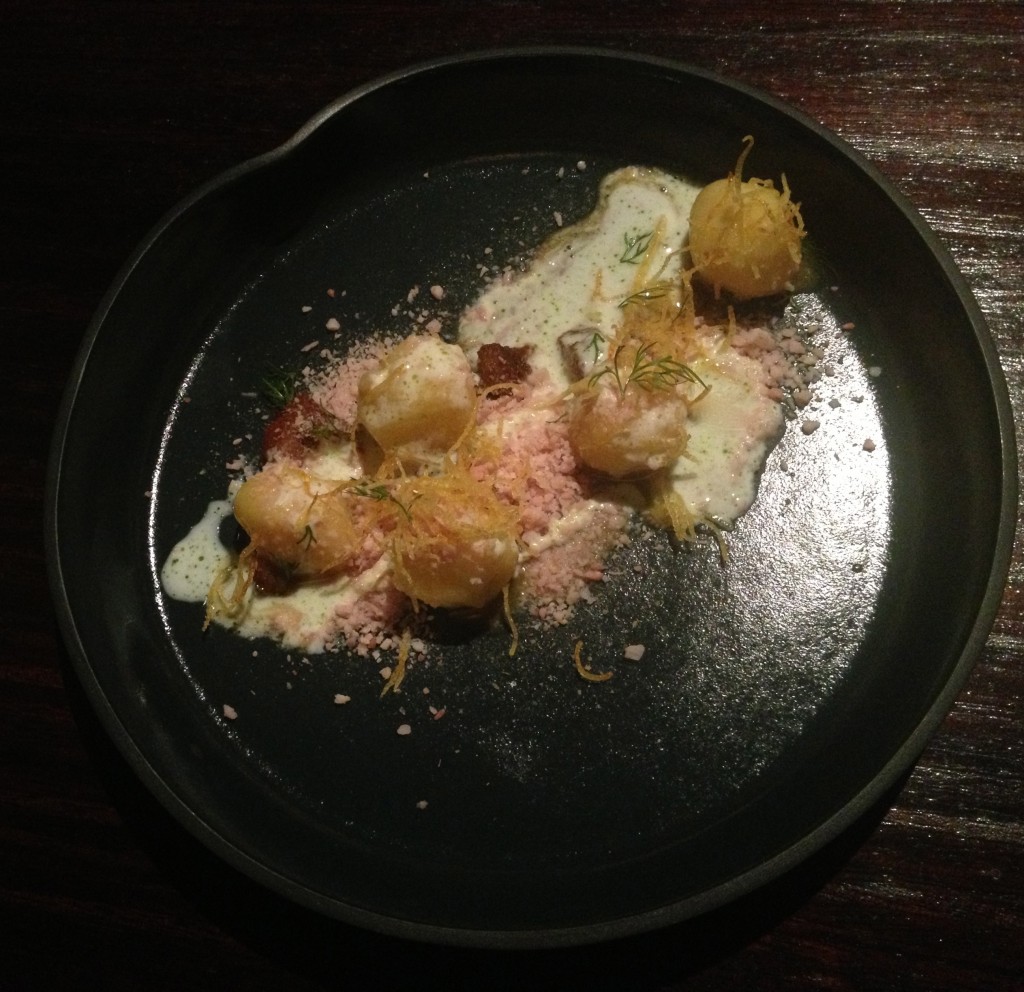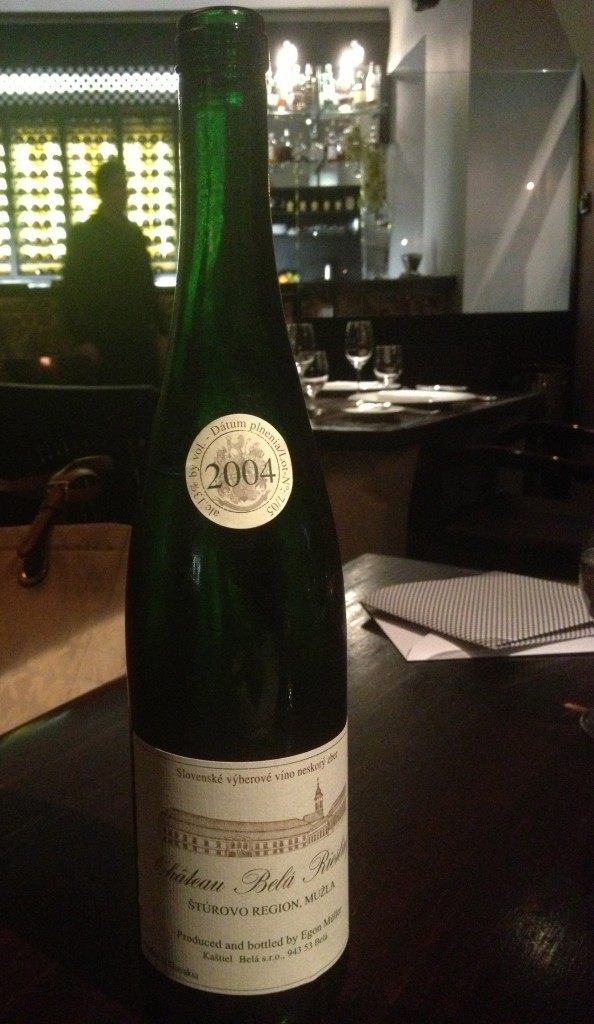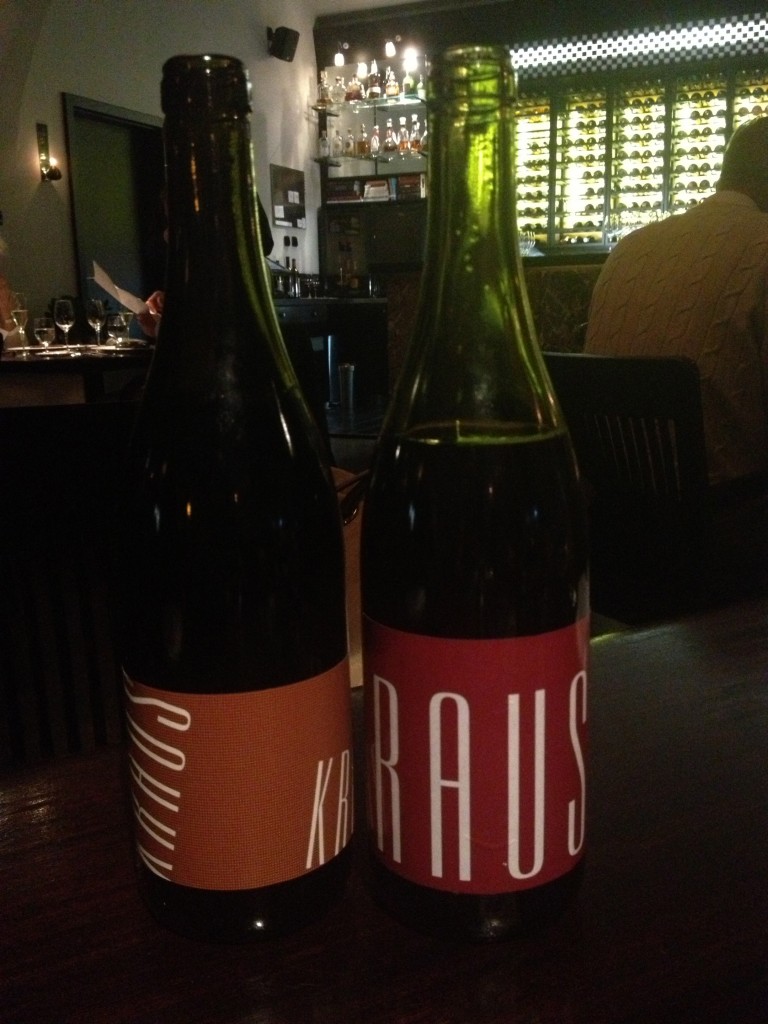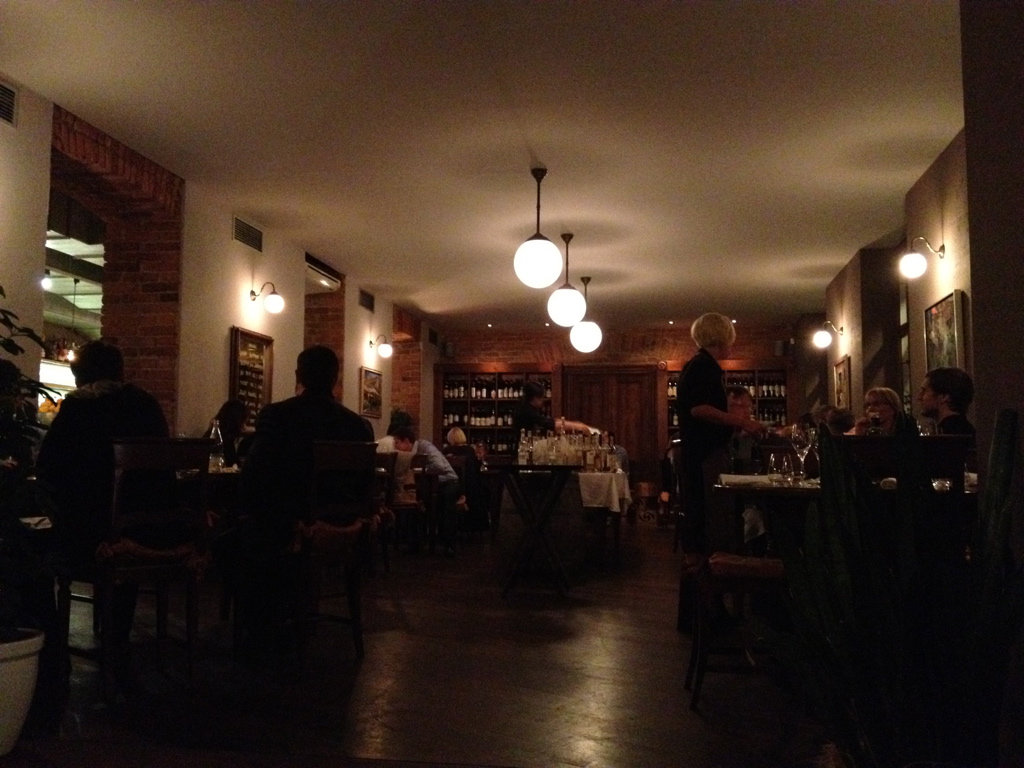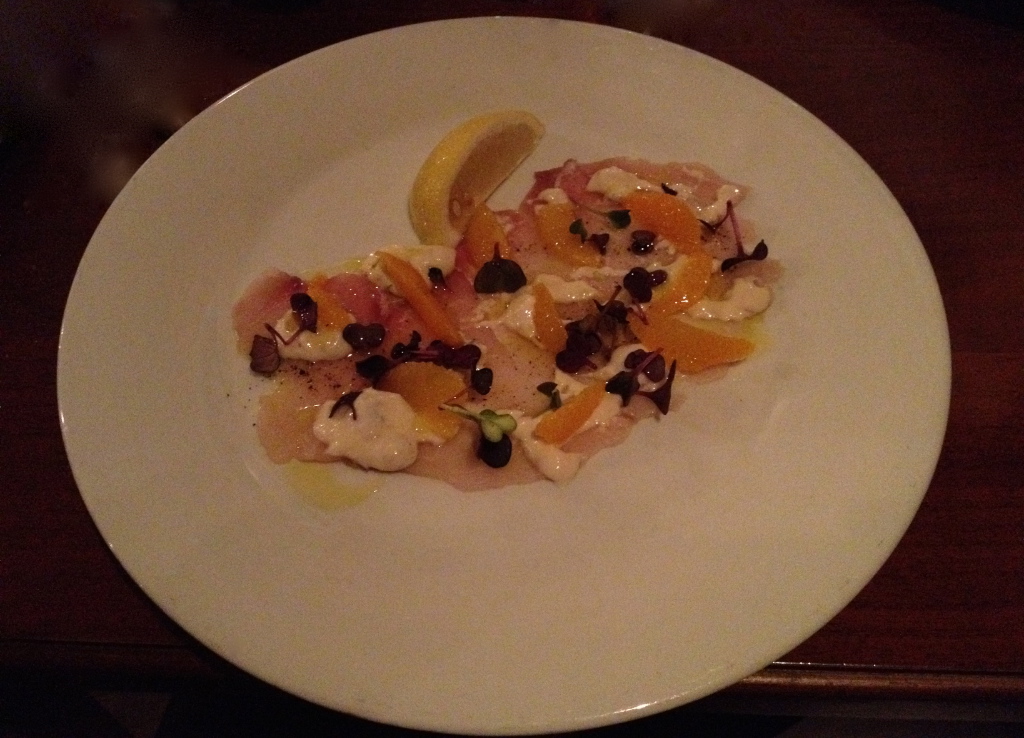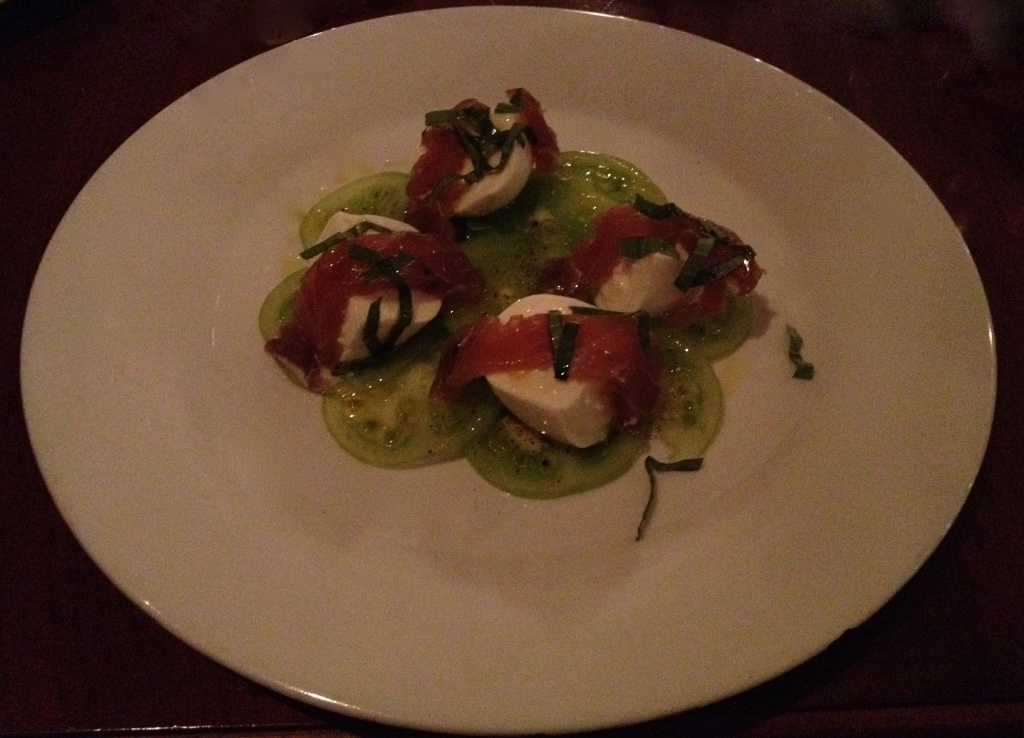The pandemic travels and rare opportunities: the empty treasures of Prague
Traveling during a pandemic is not safe, yet many of us were tempted to get our heels off our boring homes whenever it was legally possible. I will share my vivid while safe Covid journeys in a separate story, but here I will share the beauty of space gifted to us wherever we found ourselves during that ominous year. Pandemic travels are unique in their nature of vastly emptied streets, cyclists abound and parks more busy with locals than just kids and serious runners.
Rare opportunities must be seized otherwise they pass without us having that slice of this uniquely delicious cake. So I had never crossed the centuries old stone bridge as many times in a day as I did over the summer 2020. Still, I was not overfed on the sweetness of its architectural beauty that meets the natural landscape in such a delightful balance. What an expansive sense of joy can a walk in your own city reverberate!
The bright summer gap before the vicious virus returned in a disregarded force had offered rare glimpses of welcomed spaciousness to savvy travellers. As we were allowed to travel, we could choose from the limited packet of safe places to visit. More, those tiny beautiful destinations in recent decades overrun by mass tourism, were almost empty. As if turning back the clock, a few locals grazed the narrow cobbled creeks around the Old Town Square early mornings the past summer and the Charles Bridge. Holiness of the place itself revealed thyself in the full spectre of a brightly-lit miracle. Prague was all mine! Well, not entirely, yet that thought bloomed when the only two feet crossing over the medieval stone bridge belonged to me.
Such rare opportunities are the butter on the bread of the second millennium we live in. Pandemic travels are risky, but can be significantly made safer by adhering to a few savvy measures I share in a separate story that journals my cross-continental trips during Covid.
More, these rare opportunities do not land on your breakfast table. Nevertheless, you must see through the fog of time and ego. Only then the world viewed through the lens of a positive eye is where opportunities dance more realistically in front of you.
Now we are in spring 2021 and with no spontaneous sight of relief, there is only one bright chance for safer travels. First get vaccinated. Don’t be a fool since there is no gain in endangering your health but also others. Your loved ones and potentially many innocent people’s lives are at stake. The sooner you get the shot(s), the better for almost tourist-free tripping of your lifetime! I am fully vaccinated, and must confess I did not expect how my anxiety had accumulated in my heart until then. That immense sense of relief truly freed me. It is not those who avoid the jab, but those who did their little to protect our common interest — the safety of existence with other human beings.
I am immensely grateful for the rare opportunities the pandemic offered, yet I hope that this next summer, but realistically perhaps the further away summer 2022 the majority of the world will be vaccinated, so we can go back to business as usual. Traveling has the wanderlust recharged with wonderlust that enhances our experience in this finite world.






